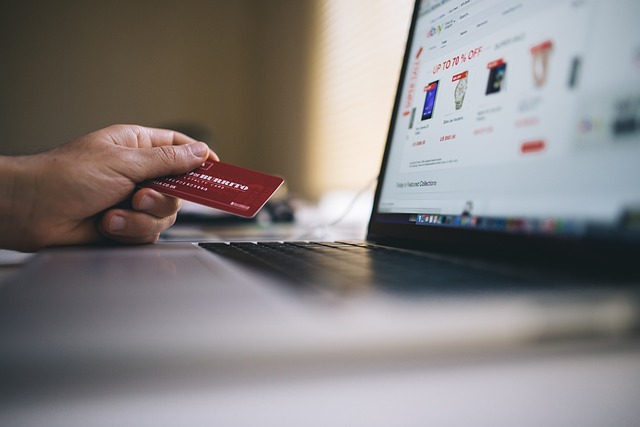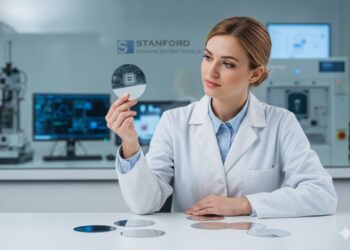The evolution of payment systems has transformed how people pay for goods and services. This article examines how the payment landscape has changed from cash to contactless. We will discuss the advantages and flaws of each system, as well as examine emerging technologies that may be shaping the future of payments. By understanding how we got here, we can better appreciate current options while preparing for future innovations.
Cash
Cash is one of humankind’s oldest forms of payment. For centuries it was the primary means by which goods were exchanged, even if records were kept on paper or clay tablets later on. It allowed for quick transactions without relying on a third-party system; however, handling large amounts of cash posed issues around security and convenience.
Advantages
The main advantage of using cash for payments is its ease of use. It doesn’t require any particular technology, so anyone with enough money can buy goods or services without signing up for an account or anything else. Additionally, cash enables anonymity as no records are kept, which makes it difficult to trace who made a payment. Finally, cash does not require electricity, making it ideal in parts of the world where power outages are expected.
Disadvantages
Conversely, cash can be bulky and cumbersome in large quantities. It also poses a security risk: if someone loses their wallet or is robbed, they risk losing all the money inside. Additionally, it can be used to facilitate illegal activities such as money laundering since there are no trail records for authorities to follow.
Credit and debit cards
Credit and debit cards were first introduced in the 1950s and have become increasingly popular. They allowed more secure transactions than cash by using banks and card companies as third-party intermediaries. It allowed merchants to accept customer payments even when they lacked cash.
Advantages
Using credit or debit cards is far more secure than using cash. Since someone must provide their personal information (name, address, etc.) to the card issuer to use them, it’s much harder for someone to commit identity theft or financial fraud. Additionally, since banks and other intermediaries facilitate payments, these cards protect consumers from potential merchant disputes. Finally, cards also allow for loyalty programs whereby customers can collect points or rewards over time.
Disadvantages
The main downside of using credit/debit cards is that they require a certain level of trust between the customer and their bank/card issuer. If this trust isn’t there, then it could lead to issues surrounding fraud or data breaches. Additionally, some customers may not have access to or can afford these payment methods. According to the Federal Reserve, there are still approximately 6 million unbanked households in the United States.
Contactless payments
The rise of contactless payments has completely revolutionized how people exchange money for goods and services. These payment methods allow customers to make secure purchases without swiping their cards or carrying cash. They can tap their smartphone (or other device) at a point-of-sale terminal and have funds transferred from their account almost immediately.
Advantages
The significant advantage of contactless payments is convenience: no more fumbling with cash or swiping cards, instead you can simply wave your phone, and you’re done. It makes it much easier to pay for things on the go or when you don’t have much money. Additionally, contactless payments are much more secure than cash or cards since there is no physical exchange of funds, and the technology makes it virtually impossible for someone to commit fraud.
Disadvantages
The main disadvantage of contactless payments is that they require access to a bank account (which only some have) or an alternate payment service such as Apple Pay or Google Pay. Additionally, since they rely on wireless technology, issues can arise if the connection could be stronger or more present. For example, returned mobile ach payment due to poor signal can lead to payment delays and potential customer dissatisfaction. Finally, some people may be uncomfortable sharing their personal information with another third-party system.
What is the future of payment systems?
The future of payment systems will likely combine traditional methods (cash, cards) and emerging technologies (mobile payments, digital currencies). While contactless payments have become increasingly popular in recent years, cash is still widely used in many parts of the world. Similarly, while digital currencies are becoming more accepted, they will take time to achieve mainstream adoption.
One sure thing is that technology will continue to shape the payment landscape. Payment systems are constantly evolving, with new features such as facial recognition and voice authentication added to make transactions even faster and more secure. Traditional financial institutions may compete with tech companies offering mobile-first and cloud-based payment solutions. Ultimately, this competition could lead to more innovation and better customer experience.
The final word
From cash to contactless, the evolution of payment systems has been rapid and revolutionary. Each system has its advantages and drawbacks, but they have all helped shape how we pay for goods and services today. As we progress, it will be interesting to see what new technologies emerge that could further automate or streamline our payment processes. In the meantime, understanding how far we’ve come allows us to better appreciate current capabilities while preparing for future innovations.







